Are steel toe boots bad for your feet?
Introduction
Work boots are an essential piece of protective gear for many individuals who work in physically demanding environments. However, despite their importance in providing safety and support, work boots can sometimes cause discomfort and pain in the feet. If you find yourself experiencing foot pain while wearing work boots, there are several potential reasons why this may be happening. In this article, we will explore some of the common causes of foot pain in work boots and provide tips on how to alleviate discomfort and prevent future issues.
1. Improper Fit
One of the most common reasons why your feet may hurt in work boots is due to an improper fit. If your boots are too tight or too loose, they can cause discomfort and pain in various parts of your feet. Tight boots can lead to blisters, calluses, and pressure points, while loose boots can cause your feet to move around too much, leading to friction and irritation.
To ensure that your work boots fit properly, you should measure your feet and try on several different sizes and styles before making a purchase. It is also important to consider the width and arch support of the boots, as these factors can greatly impact how comfortable they are to wear.
2. Lack of Cushioning
Another possible reason for foot pain in work boots is a lack of cushioning and support. Many work boots are designed to be durable and protective, but they may not always prioritize comfort. If your boots do not have enough cushioning in the insole or midsole, your feet may experience pain and fatigue from walking or standing for long periods of time.
To address this issue, you can try adding extra cushioning insoles or inserts to your work boots. These can provide additional support and shock absorption, helping to reduce pressure on your feet and alleviate discomfort. It is also important to replace the insoles in your boots regularly, as they can wear out over time and lose their effectiveness.
3. Poor Arch Support
Poor arch support is another common cause of foot pain in work boots. If your boots do not provide adequate support for your arches, it can lead to overpronation or supination, which can put stress on your feet and cause pain. Flat feet or high arches can also contribute to discomfort in work boots, as they may not be properly supported by the boot design.
To address this issue, you can look for work boots that are specifically designed for your foot type. Boots with built-in arch support or removable insoles that can accommodate custom orthotics can help to alleviate pain and provide the necessary support for your feet. It is also important to stretch and strengthen your feet and ankles regularly to improve their stability and reduce the risk of injury.
4. Poor Shock Absorption
Work boots that do not have adequate shock absorption can also contribute to foot pain and discomfort. If your boots do not cushion your feet properly when walking or standing on hard surfaces, it can lead to fatigue, soreness, and even injuries such as plantar fasciitis or stress fractures.
To address this issue, you can look for work boots with cushioned midsoles or outsoles that provide good shock absorption. Boots with rubber or gel inserts in the heel or forefoot can also help to reduce impact and protect your feet from strain. Additionally, wearing thick socks or using gel heel pads can provide extra cushioning and support to help alleviate foot pain.
5. Improper Lacing
Improper lacing of your work boots can also contribute to foot pain and discomfort. If your boots are laced too tightly or too loosely, it can cause pressure points, rubbing, and irritation on your feet. Additionally, if your boots are not laced evenly or securely, they may not provide the necessary support and stability for your feet.
To address this issue, you should make sure to lace your work boots properly each time you wear them. Start by loosening the laces and then tighten them gradually, making sure that they are snug but not too tight. You should also adjust the laces evenly across the top of your foot to ensure a secure fit. If you are still experiencing pain or discomfort, you may need to experiment with different lacing techniques or try using alternative lacing patterns.
6. Worn Outsoles
Worn outsoles on your work boots can also cause foot pain and discomfort. If the treads on the bottom of your boots are worn down or uneven, it can affect your balance and stability, leading to strain on your feet and ankles. Additionally, worn outsoles can reduce the grip and traction of your boots, increasing the risk of slips and falls on slippery surfaces.
To address this issue, you should inspect the outsoles of your work boots regularly and replace them when they show signs of wear. You can also use shoe repair products or take your boots to a professional cobbler to have the outsoles repaired or replaced. In the meantime, you can try using slip-resistant insoles or wearing slip-on traction devices to improve the grip of your boots and prevent accidents.
7. Heavy Weight
The weight of your work boots can also contribute to foot pain and discomfort. If your boots are too heavy or bulky, it can put extra strain on your feet and legs, leading to fatigue and soreness. Additionally, heavy boots can affect your gait and posture, causing misalignment and increased pressure on certain parts of your feet.
To address this issue, you can look for lightweight work boots that provide the necessary protection and support without adding unnecessary bulk. Boots made with lightweight materials such as composite toe caps or aluminum shanks can reduce the overall weight of the boots while still meeting safety standards. It is also important to strengthen your leg muscles and improve your posture to better support the weight of your boots and reduce the risk of pain and injury.
Conclusion
In conclusion, there are several possible reasons why your feet may hurt in work boots, ranging from improper fit and lack of cushioning to poor arch support and heavy weight. By identifying the underlying cause of your foot pain and taking proactive steps to address it, you can alleviate discomfort and prevent future issues. Whether you need to adjust the fit of your boots, add extra cushioning, or improve your lacing technique, there are various strategies that can help you stay comfortable and pain-free while wearing work boots. Remember to prioritize your foot health and invest in high-quality, supportive footwear to ensure a safe and comfortable work environment.

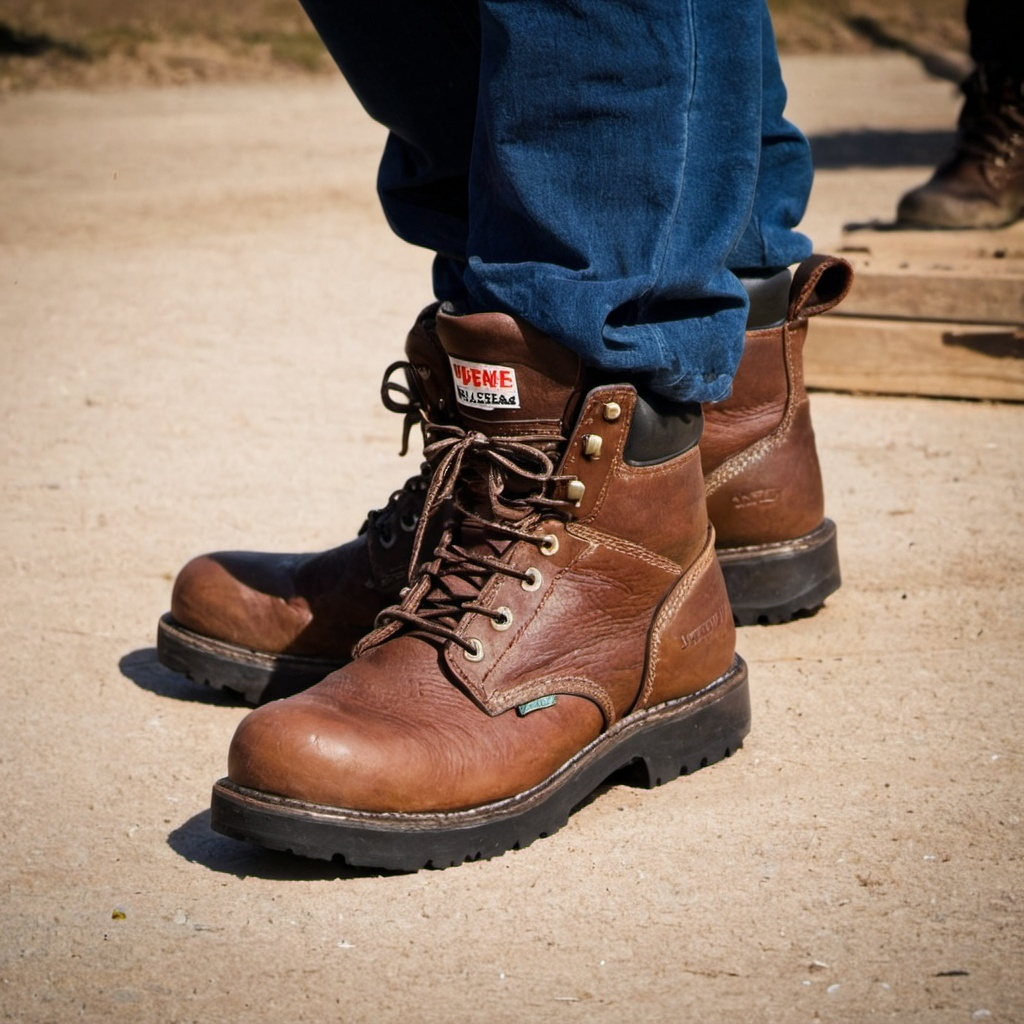
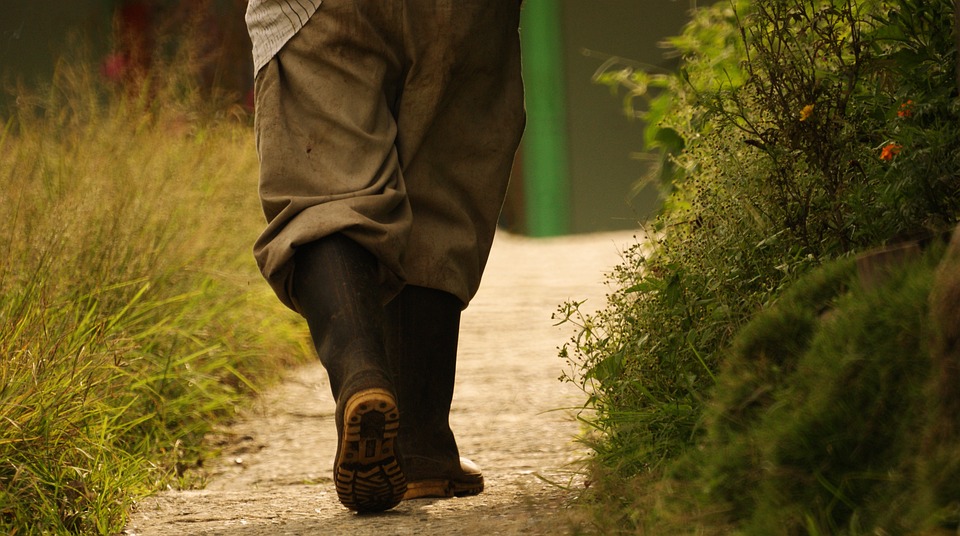



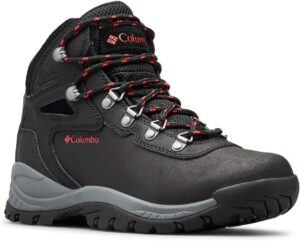

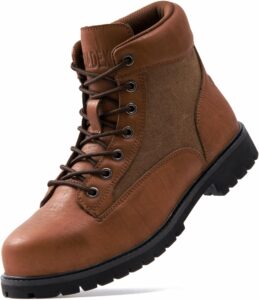
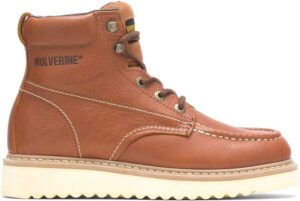
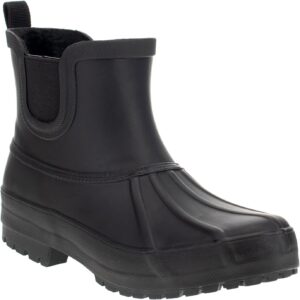
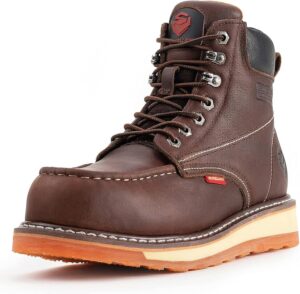
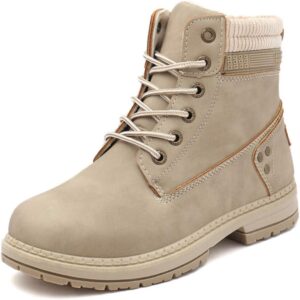
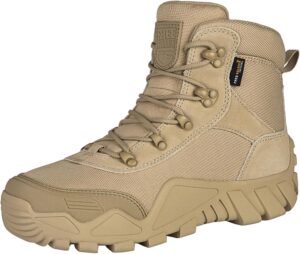
Post Comment